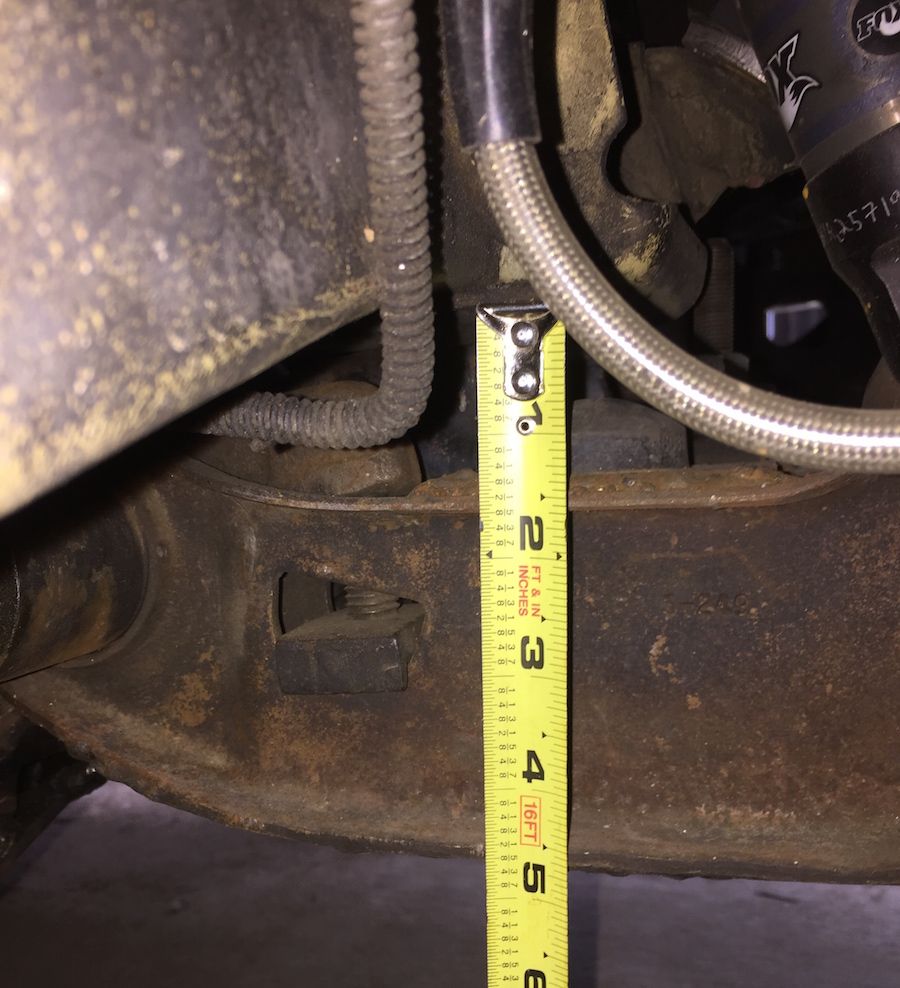I don't doubt your experience. I guess it means the parts were built strong enough to function in a position that would normally be the result of upward deflection. Are your control arms about level after lowering?
Keep in mind that the suspension isn't ever static. Yes, with the car lowered the ball joints will spend more time in a position that was more toward the "edge" of their operational window, but its not like the ball joints were never in that position on a stock car. With the stock marshmallow soft torsion bars the ball joints probably spend more time in that position than you might think. How many people complain about their cars always hitting the bump stops with the stock torsion bars? Lots. Constantly bashing the suspension parts into the bump stops is harder on them than anything else, and the factory parts did that for 10's of thousands of miles on 10's of thousands of cars.
And yes, the UCA's on my car are pretty close to parallel with the ground on my Challenger and my Duster. Neither car has more than an 1" of travel between the frame and the LCA bumpstop, and both have shorter, poly bumpstops on the LCA's. Full disclosure though, neither have stock UCA's. I have Hotchkis UCA's on my Challenger and Magnumforce UCA's on my Duster. The Duster will have double adjustable SPC UCA's on it here pretty soon.


















